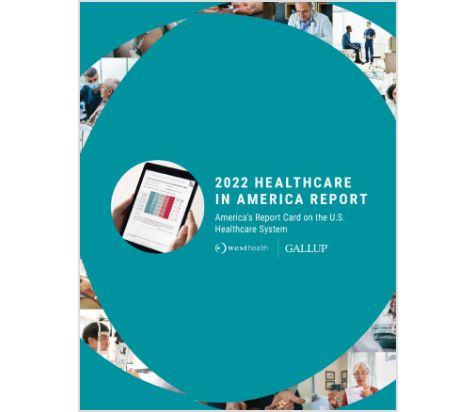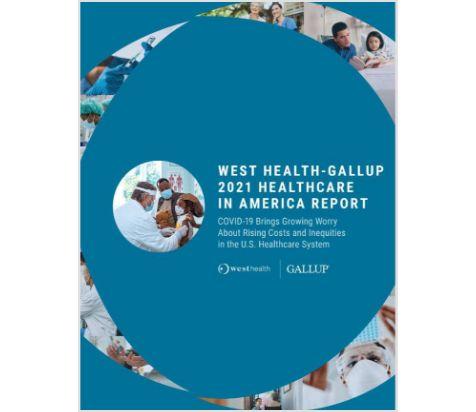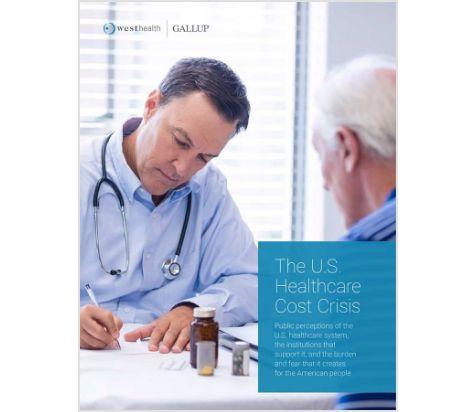Results are based on surveys conducted June 21-30, 2022, with 5,584 adults, aged 18 and older, living in all 50 U.S. states and the District of Columbia as part of the Gallup PanelTM. For results based on these samples of national adults, the margin of sampling error at the 95% confidence level is ±1.6 percentage points for response percentages around 50% and ±1.0 percentage points for response percentages around 10% or 90%, design effect included. For reported subgroups, the margin of error will be larger, typically ranging from ±3 to ±4 percentage points. All demographic group comparisons in the report are significant at p<.05 unless otherwise noted.
Prior Gallup Panel surveys were administered by web Sept. 27-30 and Oct. 18-21, 2021 (n=6,663), March 15-21, 2021 (n=3,905), and June 14-20, 2021 (n=4,843). The June 2022 and September-October 2021 results were obtained on a West Health survey solely asking about healthcare issues, whereas the March and June 2021 measurements were asked toward the end of Gallup's ongoing coronavirus pandemic tracking survey.










